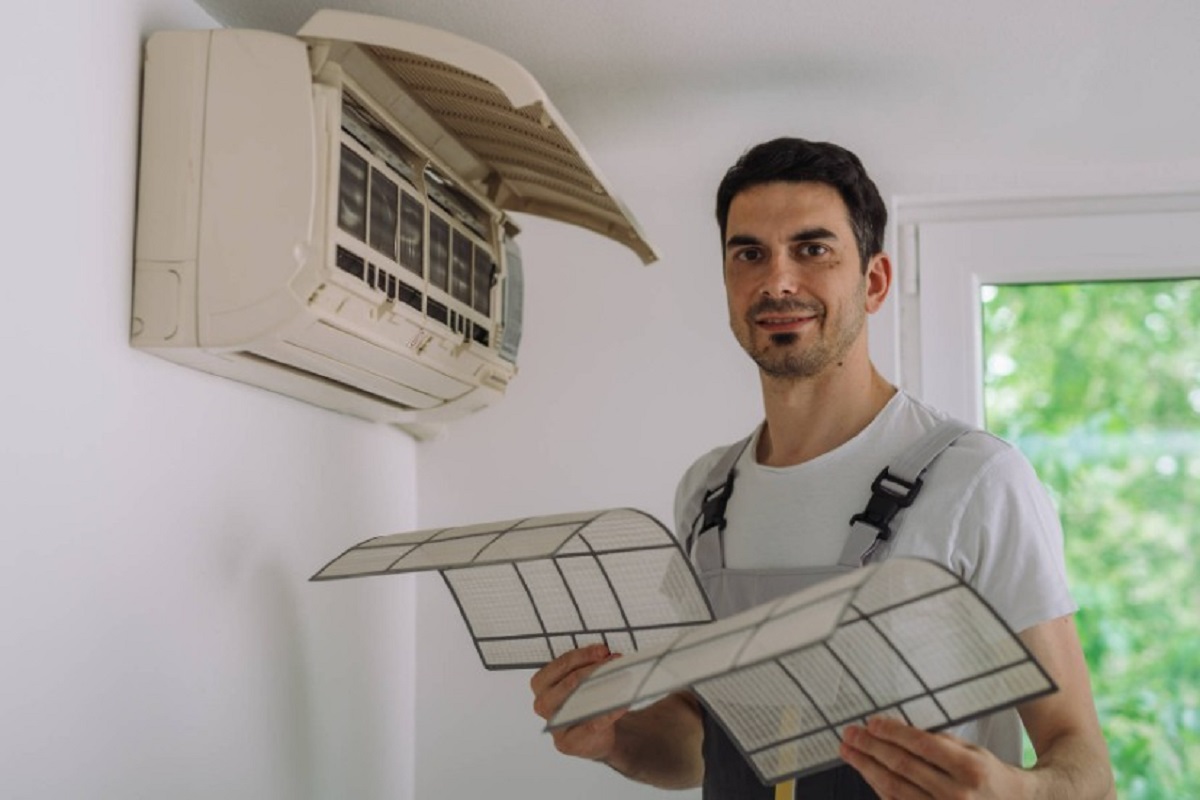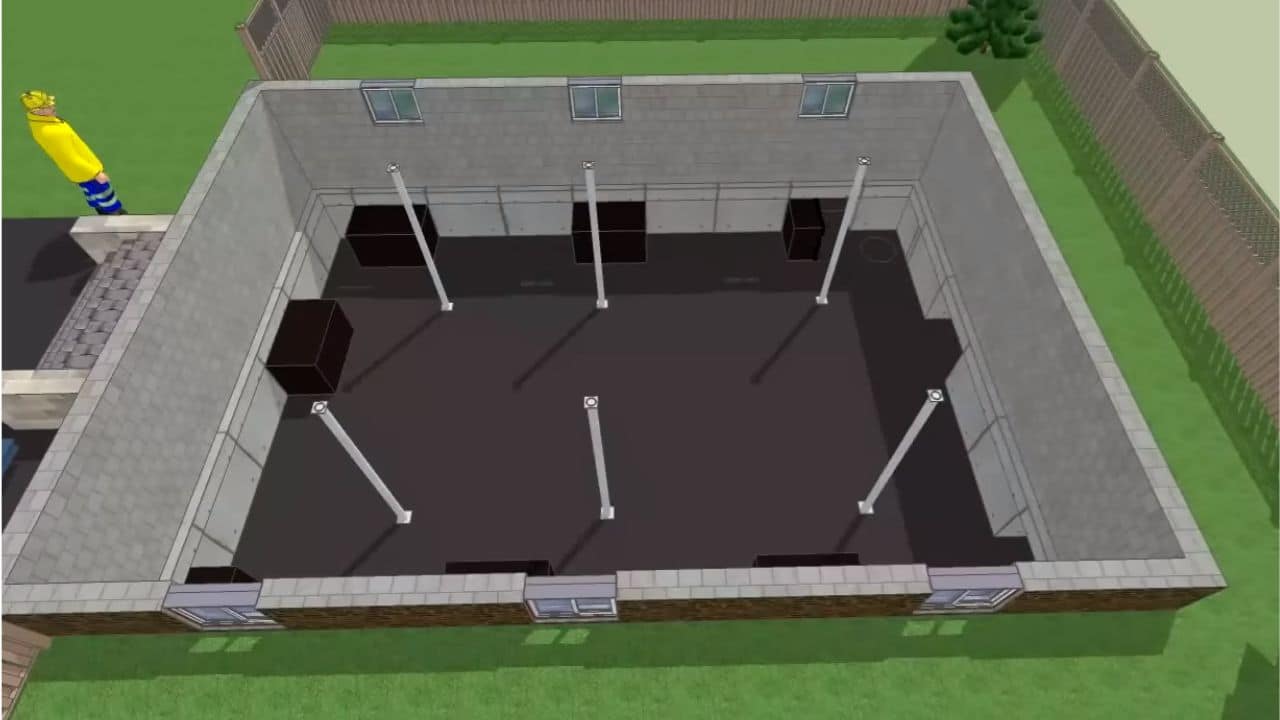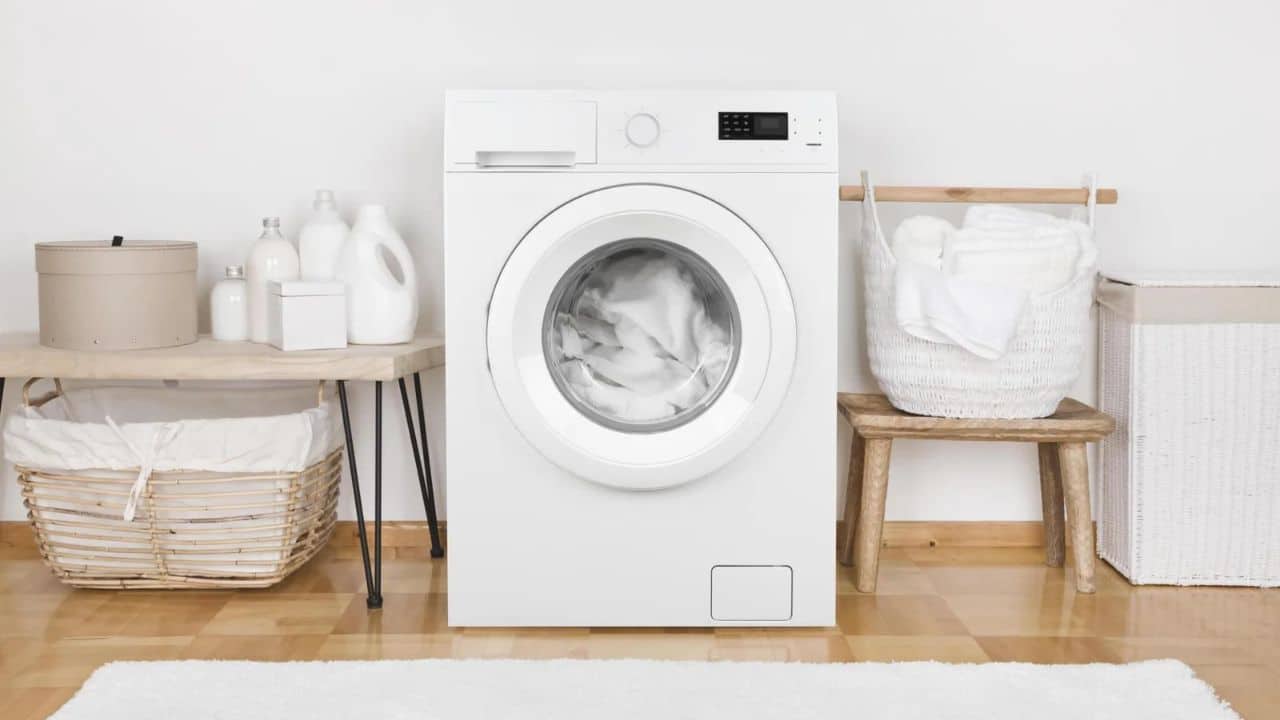Air conditioner installations are always jobs best left to the pros. However, many homeowners want to know that their HVAC systems are in good hands, so it’s understandable that they would be interested in what goes into the process. Read on to find a brief manual for how to ensure that an AC unit is correctly installed.
The Planning Stage
The first step to installing an AC unit correctly isn’t hooking up lines or even bringing the air conditioner into the home. It’s planning which model to buy and where to install it. Modern air conditioners are more efficient than older models, but they’re also larger. What that means is that the unit may need to be resized not just in terms of output potential but also in literal dimensions, which may require both moving the unit and modifying the ductwork. Check to be sure that the unit has sufficient output to keep the home cool and that there are no leaks where it connects to the ductwork.
The Preparation Stage
Before installing a new air conditioner, the HVAC technicians should replace its pad. It’s often the case that the ground beneath outdoor units sinks over time, which means the team will need to level the ground using a gravel base before replacing the pad. Check to make sure the pad is leveled and is made of composite plastic, not concrete so that it will last the lifetime of the air conditioner.
The Outdoor Unit
Part of the reason that the techs are supposed to level the ground and install a new pad is that once it’s in place, the outdoor unit can’t be moved or lifted to make changes. The internal elements are rigid and pressurized, so moving the unit after it has been connected can cause serious damage. It’s a good idea to check the unit to make sure that it’s level, but don’t move anything. It will void the warranty.
The Indoor Unit
The indoor part of the unit is made up of an evaporator coil and a sheet metal plenum. Uncased evaporator coils are more difficult to install than cased coils, so expect the process to cost more and be more likely to create problems. The installation tech will need to fabricate rails for the drain pan, prepare the supply plenum according to the manufacturer’s guidelines, and ensure the opening in the plenum is sufficiently large. If any part of this process goes wrong, it can cause:
- Melted plastic drain pans
- Improper airflow
- Frozen coils
- Cracked refrigerant lines
Unless sizing restrictions require the installation of an uncased coil, ask for a cased coil to avoid issues with the installation. There is no difference in life expectancy.
The Refrigerant Line
The refrigerant line is made of copper and can be up to 50′ long. It should be set close to the home’s beams and ductwork and secured every four to six feet using plastic or copper straps. If another type of metal is used for the straps, look for signs of galvanic corrosion, which can eventually cause leaks. The line set should also be new and installed in one piece that has no sharp bends or kinks.
The Importance of Working With Trusted Professionals
Homeowners can check the various components of their AC systems after installation. However, the best way to avoid problems is to work with trusted industry professionals with reputations for performing installations correctly.














































